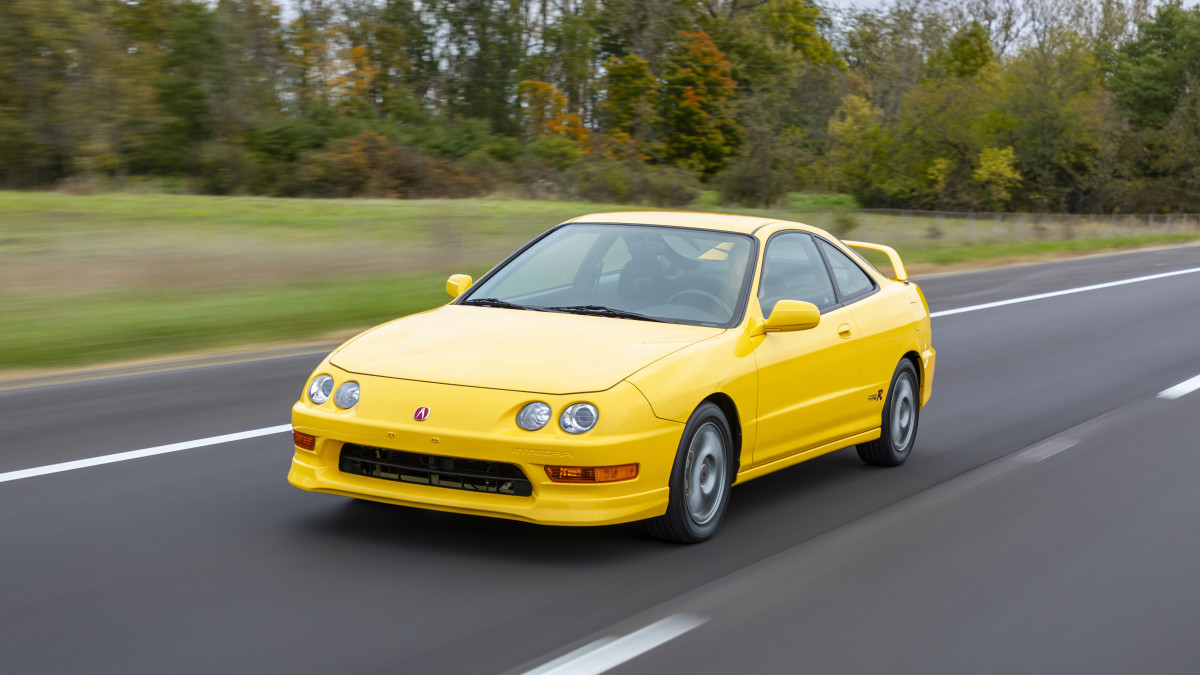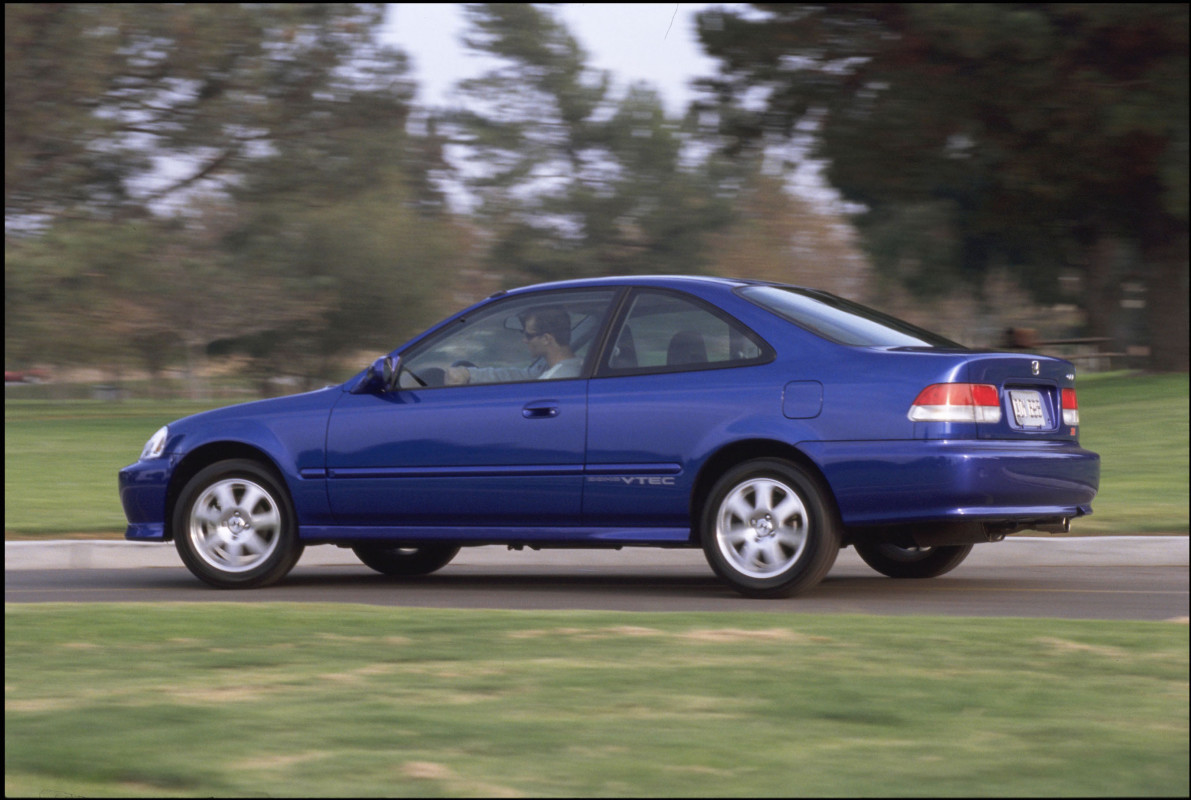It isn’t easy getting parts for aging sports cars. Honda is the latest automaker to step up
One of the biggest challenges of owning an older car — enthusiast or otherwise — is finding parts that have gone NLA, or No Longer Available. While the aftermarket can usually accommodate, sometimes the results aren’t what you’d hoped. Whether it’s aesthetics, longevity, functionality, or some combination thereof, there’s often no true replacement for the gear the car originally shipped with. If you’re a Honda owner, though, your woes may be a thing of the past.
Honda/Acura NSX Honda
View the 2 images of this gallery on the
original article
Getting your hands on an OEM radio for your NSX or the proper trim piece for your Integra Type R might become just a little bit easier in the next 365 days or so. Honda has officially launched a pilot program to reproduce heritage car parts, beginning with the first-generation NSX. The initiative, which leverages modern manufacturing and 3D printing, aims to provide brand-new replacement components that were previously unavailable. Future plans reportedly include expanding support to other sporty models like Type R variants and potentially the S2000. Additionally, Honda is even rumored to offer in-house restoration efforts in the near future, too. It’s all good news for vintage car enthusiasts.
Honda’s not the first automaker to offer the service, and the list might surprise you
While we’re glad Honda’s come around, they’re late to the party. Similar programs have been going on at competing brands like Nissan, Mazda, and Toyota for years. The Germans, too, have been offering factory-fresh parts for older models for even longer, but brands like BMW, Mercedes-Benz, and Porsche focus only on very specific parts for very specific models. When you look at the list, it’s almost surprising it took Honda so long to hop on board.

Acura
Some automakers may still be leaving money on the table — but how much?
Perhaps the most surprising omission from the list is American automakers. Mopar, Chevy, and Ford will let you browse to find parts for your classic car, but there’s no program in place actively manufacturing new old parts. That’s surprising, since classic American cars have been in vogue for decades. Other automakers, like Hyundai and Kia, simply don’t have many heritage models to look out for. A similar case can be made for Subaru, but we think we’ll see something similar from them in the future. With an aging catalog of STI models and niche favorites like the Baja running around, a burgeoning market might appear sooner rather than later.
How much money are automakers really leaving on the table? OEMs don’t break out independent financial figures from these factory-backed initiatives, so a firm number is nearly impossible to pin down. Honda clearly recognizes a market, or it wouldn’t be taking steps to join the club. Also, consider the optics: preserving brand heritage goes a long way for current owners, but also matters to enthusiastic fans of the brand looking in. When you further consider the accoutrements and accessories that some “classic” brands have spawned (tartan-patterned and Porsche-badged wallets and handbags, anyone?), the revenue could be substantial.

Honda
Final thoughts
Honda’s making things easier for drivers piloting some of the brand’s most iconic cars ever, and we’d be crazy not to support that initiative. As the world moves — perhaps more slowly than initially guessed — towards electrification, we’re probably not too far from a world where every automaker needs a “classic” division to support gas-powered and older models. In the meantime, we look forward to the crazy NSX and Type R factory restoration projects that will no doubt eventually surface from Honda HQ.